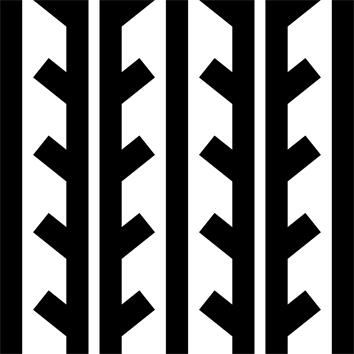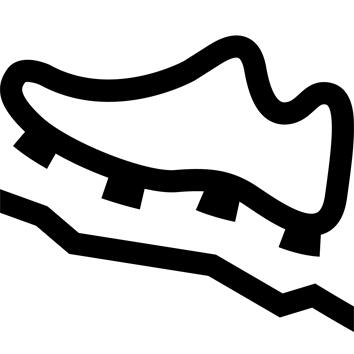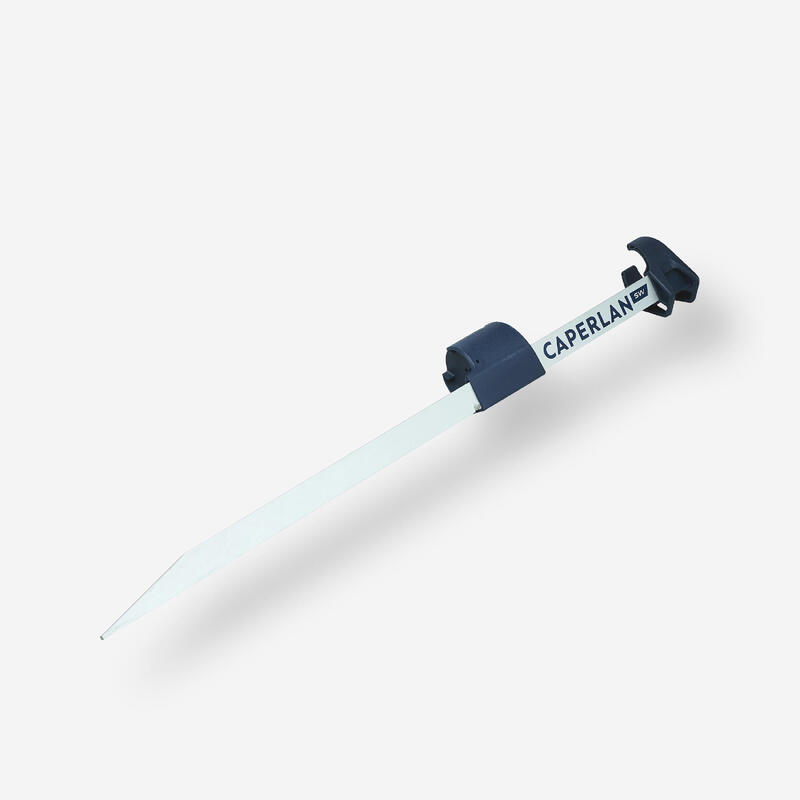Grippy soles on footpaths
The design of the sole was the subject of extensive research in our laboratories. We chose a specific rubber formulation to optimize grip and adherence. As needs vary, we systematically seek the best compromise for use on soft natural trails, such as forest paths.
Designed for use on footpaths
Our hiking boots are designed for use on footpaths. In fact, we select and test the sole and upper components of our shoes to ensure they are ideally suited to hiking on soft trails (such as dirt forest paths) or mineral trails (such as rocky coastal paths). Use on roads (asphalt) can accelerate wear and discomfort. They are not suitable for mountain hiking.
Tested for optimum strength
Laboratory tests are also carried out to validate the following elements: eyelet and strap pull-off, gluing, toxicology, UV resistance, abrasion of sole and upper components, accelerated ageing. These tests enable us to improve the quality of our products and prevent premature wear of our hiking boots.
How to choose the right hiking boot size?
Try on both shoes, standing up, with socks designed for hiking. Try several models and sizes if necessary. Two points of comfort should be checked:
- heel support
- forefoot support
Avoid compression points when trying on shoes. Feel free to walk around the store. Use your shoes progressively during your first hikes to get them to fit your feet.
How to choose the right size for your hiking socks?
It's important to choose a sock size that's right for your foot, to avoid any extra creases on the sock: either because the sock is too big and there's too much material around your foot, or because the sock is too small and is pulled towards the inside of the shoe.
The shoe/sock combination plays an important role
There are many causes of blisters when hiking: rubbing, a fold in the sock, dampness, too small or too big a shoe size, etc. So it's important to choose the right size and sock material for your hiking boots. So it's important to choose the right size and sock material for your hiking boots.
Which pair of socks goes with the NH150 shoe?
We recommend you choose Hike 100 Mid socks: they contain moisture-absorbing cotton and have a loop construction that wicks moisture away from your foot. They're also high enough to protect your ankle from the shoe. It's an excellent combination for limiting the appearance of blisters.







